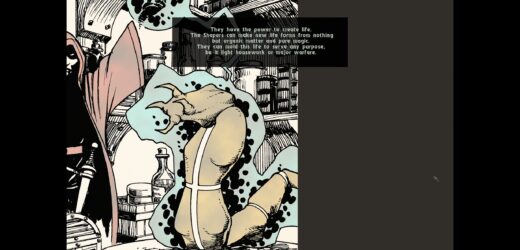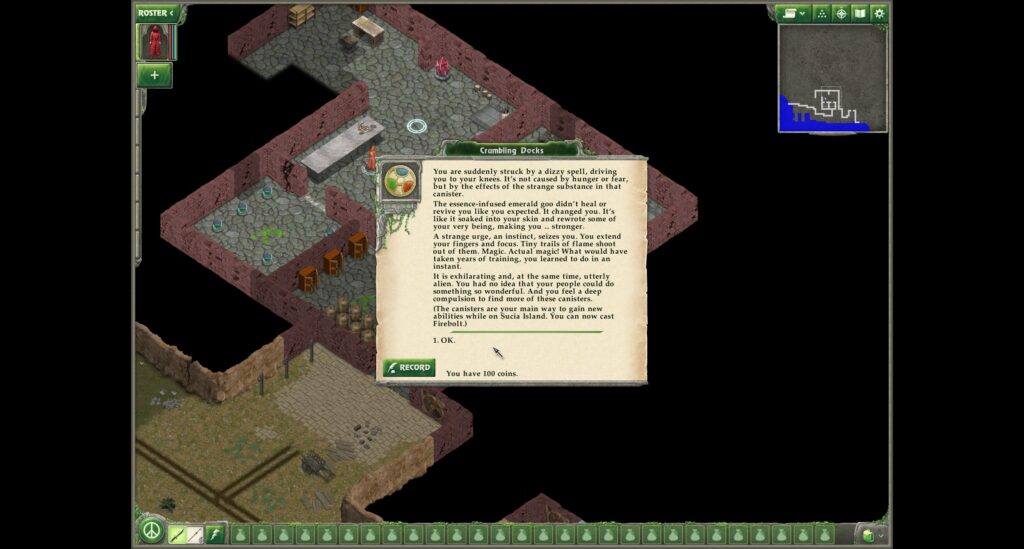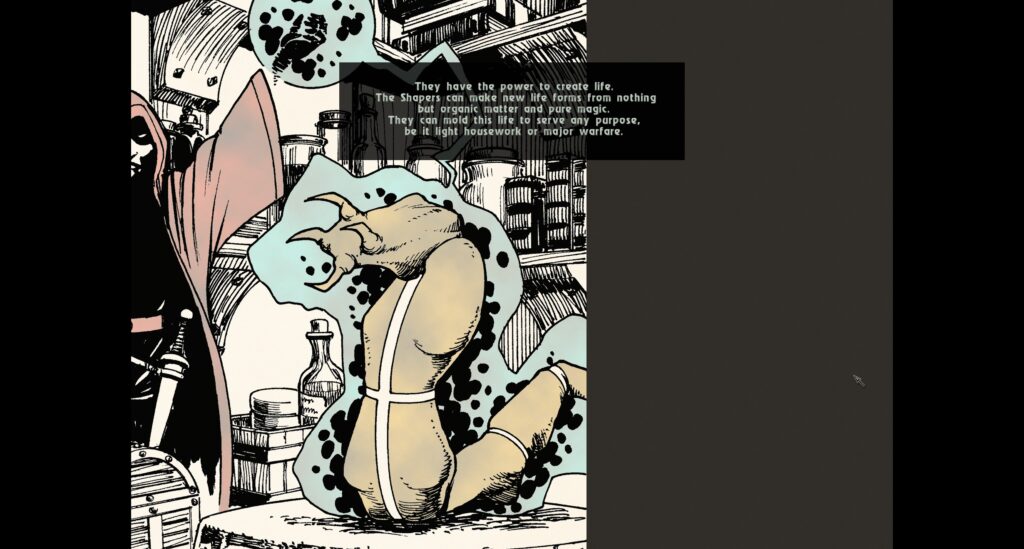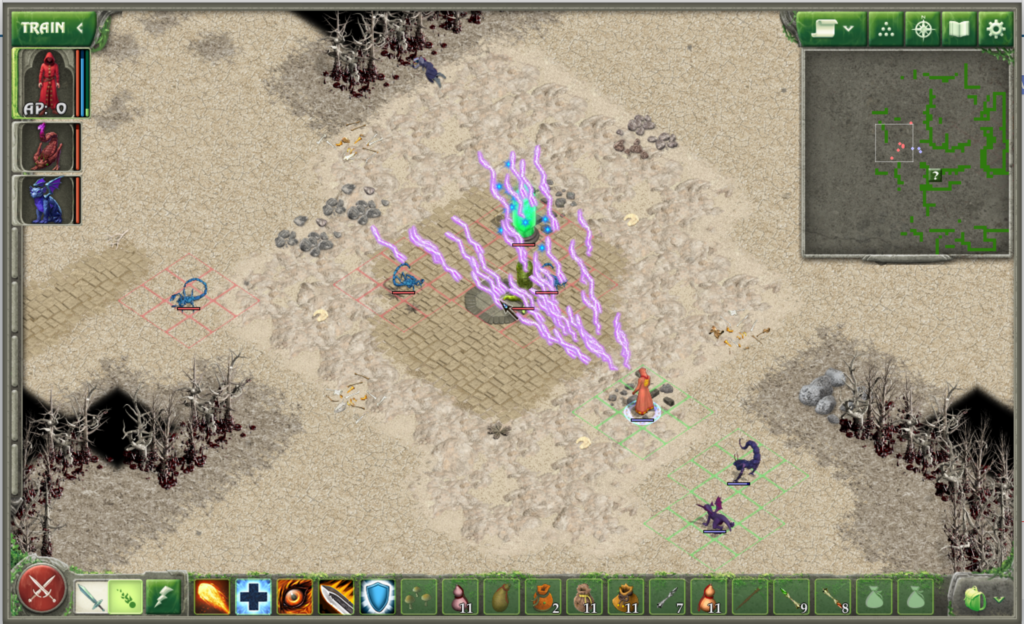Geneforge 1: Mutagen (Review)

Source: Review Copy
Price: £15.49 (£7.19 for hintbook and bonuses, somewhat recommended)
Where To Get It: Steam
Geneforge is a name with associations for me. The clunky charm of Windows 95. College. Being able to play 2nd Edition AD&D without wincing. Not all of these are dependent on the time it was released (Windows XP was the same year as Geneforge, and AD&D… Well…) But they’re associations for a reason.
Geneforge is what we would call “oldschool.” It only takes one look at the screenshots to see eras bygone in game design, and the game was, originally, pretty damn tough. Save early, save often.
Although difficulty selection is a wonderful thing, don’t you think?

In any case, being an old school type RPG is both a strength and a weakness. It’s a strength, in that the developer has considered how classes might be seen by the NPCs of the game, different dialogue options exist for both classes and skills, and dialogue is rich with lore.
It’s a weakness because some design elements have never really been fixed, and combat can be brutal for the unprepared, although it does ease you in very well.
God, that UI. That UI has no scaling options, and so icons are very small, so very small. Text is not quite so small, but it’s still… This ain’t the most accessible visually, and, as an aside, you will be holding down Tab a fair bit to see what the hell is interactable, and even that won’t necessarily help you with items that are just on the floor.
But for all that, Geneforge is nonetheless an interesting RPG, with a very unique world. In it, biomagics, “shaping”, are a rigidly controlled, yet powerful magic, that has shaped its society. Small, pig like creatures with humanoid faces take the place of computers, created to be repositories of knowledge and scanners, meant to last a long time. Servant beings have been created, and…

Look, Shapers are Not Nice People. It’s made abundantly clear early on due to the early dialogue, the matter of fact way in which the protagonist is so calm about magically created/changed beings, how he just assumes that the humanoids on the island are servants, but ones who have gone a long time without a master… What sets alarm bells in his head is the canisters, one of your prime forms of levelling up in the game. They change you, change you from the inside out, insert skills, powers into your mind, your essence. And would you look at that, they’re also Shaper creations, although banned, a dark part of the Shaper’s already dark history.
Aesthetically, it’s… It’s clunky. It’s unapologetically clunky, and clearly still made with small window sizes in full screen in mind. Nothing really scales, so at larger resolutions, like, y’know, the now common 2560×1440, it’s somewhat eyestrain inducing.

Combat, well, it’s turn based, it’s action point based (you can do multiple actions in a turn if you have the points, if not, well… Boohoo), and it definitely has its nuances and interesting encounters, although it will often boil down to “Murder things horribly with the right elements.” But it’s still good, and I still like it.
Still, overall, this is, again unapologetically, a niche game. It’s for those who love the old 90s isometric RPGs, with all their jank and dialogue heavy funtimes. I enjoy it… But not everyone will, and I’d only cautiously recommend it because it’s a good example of its genre.
The Mad Welshman prefers to play with artificial life. Don’t judge.
